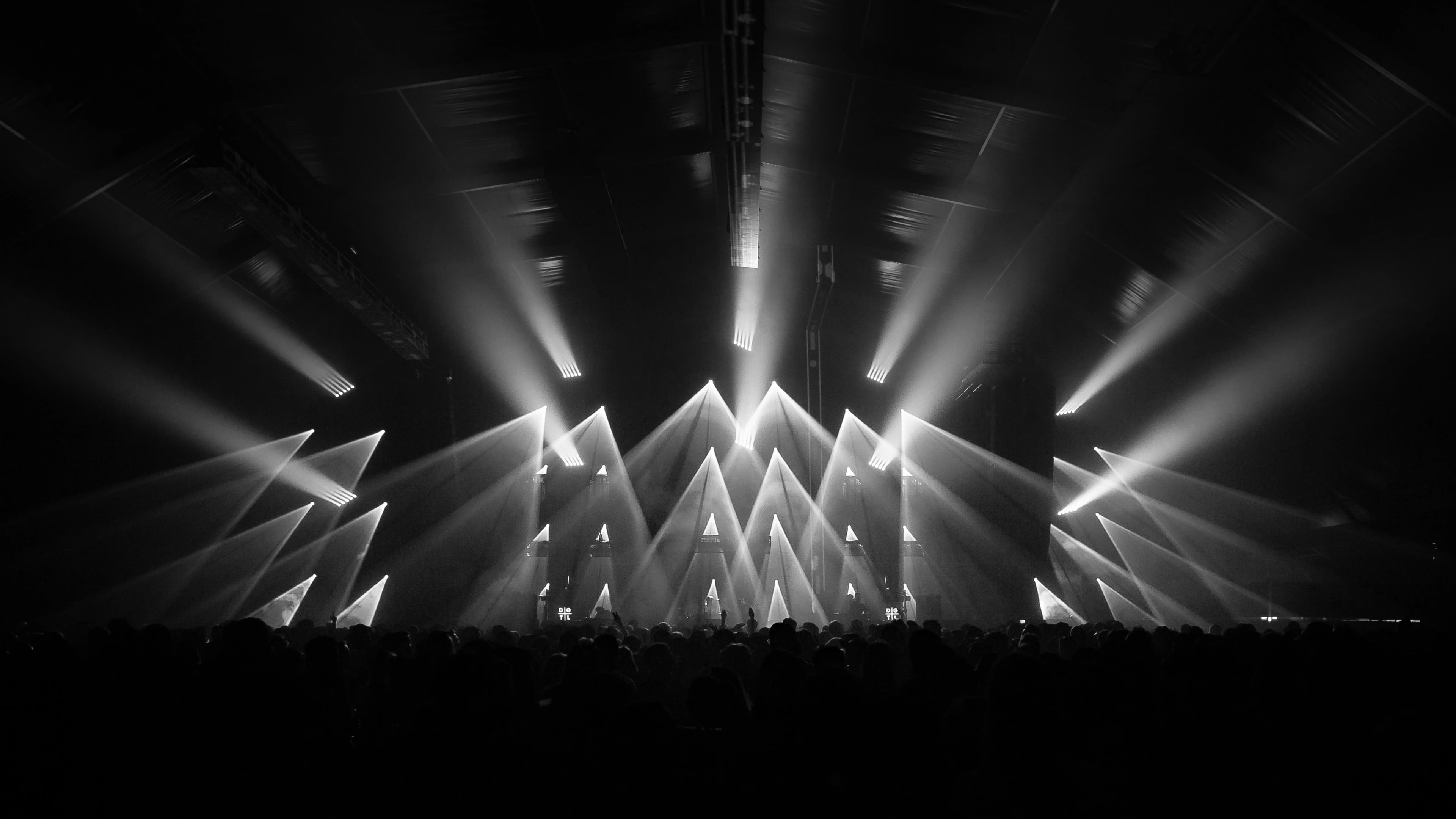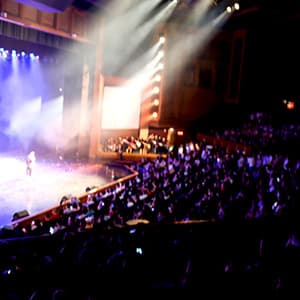

What To Wear Tickets
Up to 30% Off Compared to Competitors.
Location: Select Location (e.g, New York)
Events Nearby
We're Sorry. There are currently no events near you.
About What to Wear
When attending a theatre performance, the question of what to wear can vary depending on the type of show, venue, and time of day. For a traditional evening performance, audience members often opt for semi-formal attire. This might include dresses or skirts for women, and dress shirts with slacks for men. Many theatres maintain a dress code that encourages patrons to dress up, particularly for opening nights or prestigious productions. However, more casual matinee performances may see a range of attire, from smart casual to relaxed clothing. It's essential to consider the marquee event; for instance, a modern musical might be less formal compared to a classic Shakespearean play. Additionally, seasonal factors come into play; wearing layers is wise during colder months, as theatres often maintain a cool environment. Beyond personal style, practical considerations like comfortable shoes are important, as patrons may walk or stand for longer periods during intermissions. Theatre-goers are increasingly embracing self-expression through fashion, often showcasing bold styles that reflect both the performance and their individuality. Therefore, while there are conventional guidelines, the best choice ultimately combines comfort, respect for the art form, and a touch of personal flair.
What to Wear History
The theatre has a rich history that dates back to ancient civilizations, where performance was an essential part of cultural and social life. The Greeks introduced elaborate costumes to portray different characters in their plays, using masks and distinct attire to signify social status and personality. During the Renaissance, theatrical clothing became more luxurious and intricate, reflecting the wealth and power of the patrons who funded the productions. Over the centuries, attire in theatre has evolved from the simple robes of ancient times to the elaborate, character-driven outfits of modern performances. Each era’s fashion has influenced the types of costumes worn, with designers drawing inspiration from historical styles and contemporary trends. Today, theatre remains a dynamic art form, with costumes that can range from historically accurate reproductions to avant-garde creations that defy traditional boundaries, all serving to enhance storytelling and immerse the audience in the performance.
